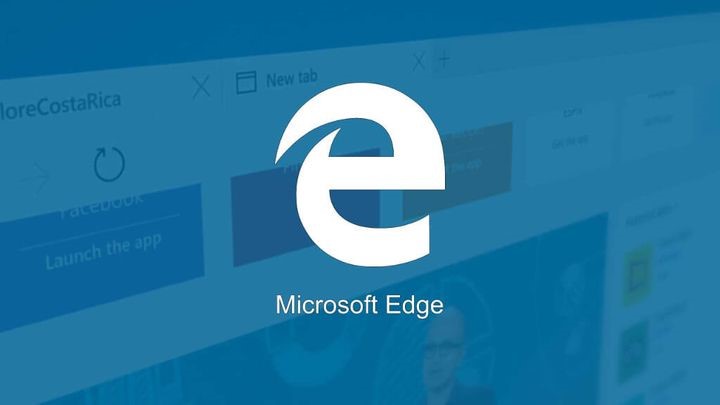Microsoft Edge switches engines because Google?
The recent decision to rebuild Microsoft Edge using Chromium, the technology developed and supported by Google, may have more to do with Google itself.

IN A NUTSHELL:
- A former developer of the Microsoft Edge browser suggested that Google intentionally implements some solutions on its websites that hinder the operation of other programs;
- The proof is to be the hidden portion code that can be found on YouTube websites - it causes hardware acceleration problems in EdgeHTML;
- Similar accusations have been made in the past.
A few weeks ago it was reported that Microsoft Edge will undergo some major changes - it will be rebuilt using the Chromium technology, currently used in Chrome and Opera. Redmond giant informed that the change is dictated by the desire to improve compatibility with web standards and other browsers. However, it turns out that there may be more to this decision than one may think.
One Joshua Bakita (going by the nickname JoshuaJB on the forums), who claims to be a former member of the team working on Microsoft Edge, suggests that the change was forced by Google's unfair business practices. While developing its services, the company is said to use solutions favouring Google’s browser and even hindering the operation of competing software. As an example, the YouTube platform, currently operating much better on Google Chrome. From the moment certain hidden code pieces placed in movies (the so-called empty div - content division element - a kind of container for content), have appeared, they cause serious problems with hardware acceleration of EdgeHTML.
It is worth noting that in July this year a very similar accusation was formulated by Chris Peterson from Mozilla. He accused Google of deliberately slowing down YouTube on other platforms when introducing a redesign (known as Polymer). In his tweet - arguing his point of view - the engineer mentioned an extension to Firefox, which enables the browser to use an older and much faster version of the service.
YouTube page load is 5x slower on Firefox and Edge than on Chrome, because YouTube’s Polymer redesign relies on the deprecated Shadow DOM v0 API only implemented in Chrome. You can restore YouTube’s faster pre-Polymer design with this Firefox extension”, writes Peterson.
Of course, Google has the full right to put its browser first. However, the line between supporting your own product and unfairly hindering competition can be very thin, and it is difficult to say whether Google had crossed it. The company from Mountain View has yet to comment on these reports.
0
Latest News
- End of remote work and 60 hours a week. Demo of Naughty Dog's new game was born amid a crunch atmosphere
- She's the new Lara Croft, but she still lives in fear. Trauma after Perfect Dark changed the actress' approach to the industry
- „A lot has become lost in translation.” Swen Vincke suggests that the scandal surrounding Divinity is a big misunderstanding
- Stuck in development limbo for years, ARK 2 is now planned for 2028
- Few people know about it, but it's an RPG mixing Dark Souls and NieR that has received excellent reviews on Steam, and its first DLC will be released soon

